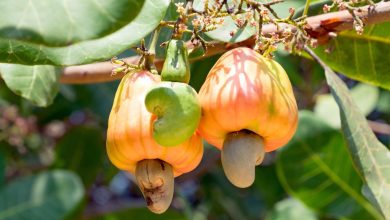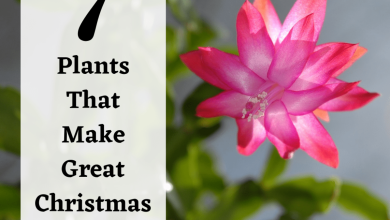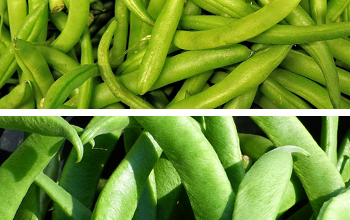Ivy Cuttings: [Concept, Time, Rooting and Planting]
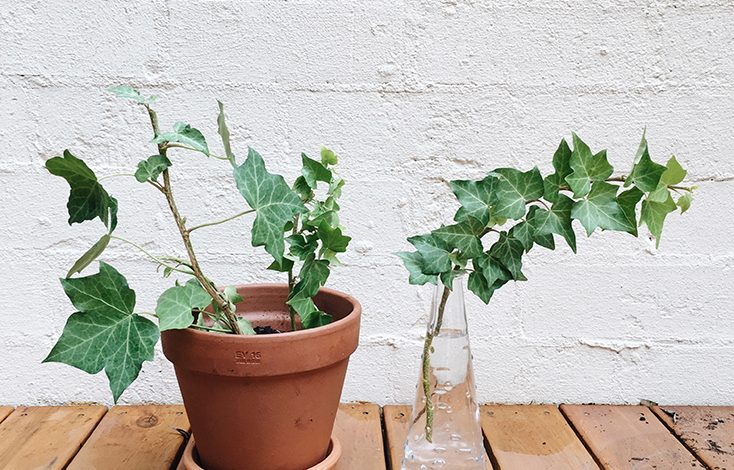
What does it mean to plant by cuttings?
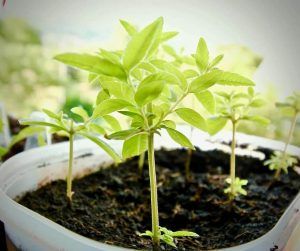 To multiply or reproduce a plant there are different techniques including planting by cutting.
To multiply or reproduce a plant there are different techniques including planting by cutting.
Planting by cutting consists of taking a piece, stake or portion of a mother plant and subjecting it to certain environmental and chemical conditions to obtain a new specimen.
The cutting must be a fragment taken from a mother plant that is healthy and robust, with buds and a good consistency in such a way that it can pass all its nutrients to the new plant.
Planting by cutting is a very useful asexual reproduction to obtain a large number of plants from a single specimen without ending its vegetative life.The resulting plants from cuttings retain all the characteristics of their parent.
In the case of ivy, and despite the fact that it can be reproduced by other methods, horticulturists recommend the cutting technique for its multiplication because it is a very simple and successful way.
What is the best time to plant ivy cuttings?
Due to technological advances and new plant multiplication methods, ivy can be reproduced by cuttings at any time of the year.However, the best time to plant ivy cuttings is in the spring, avoiding days that are too hot and dry.
It is also recommended to water the ivy cuttings the night before so that when cutting the cutting it has a greater consistency.
How to get ivy cuttings to root properly?
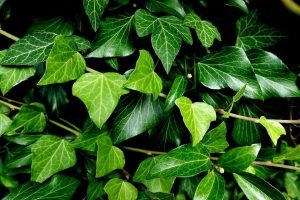 The preparation of ivy cuttings for planting and for them to root correctly do not require special treatments to be applied.
The preparation of ivy cuttings for planting and for them to root correctly do not require special treatments to be applied.
Some specialists recommend the use of hormones, however another group of horticulturists warns on the contrary that cuttings do not require them for rooting.
Horticulturists consider that the ivy cutting is a very hard specimen and that it contains all the necessary nutrients to root without problems and quickly.
How should we take the ivy cuttings to plant them?
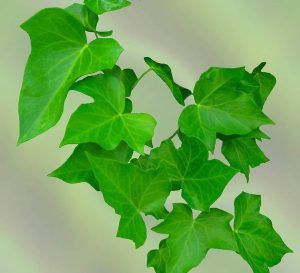 It is recommended that the cuttings or pieces of ivy for multiplication be removed, taken or purchased from a robust, healthy and very well developed mother plant.
It is recommended that the cuttings or pieces of ivy for multiplication be removed, taken or purchased from a robust, healthy and very well developed mother plant.
Cut a cutting of approximately 15 to 25 centimeters with appropriate and properly sterilized utensils and materials so as not to cause damage to the piece of ivy or to the plant itself.
Two or three pieces can be cut from this cutting, leaving a base of 3 centimeters and two nodes for planting, since the new plants will be born from the nodes.
How long should ivy cuttings be left in water?
The methodology of leaving the cuttings in water is not recommended by horticulturists since it is not guaranteed that the ivy plants will grow their roots for planting.
Is it convenient to use fertilizer or compost?
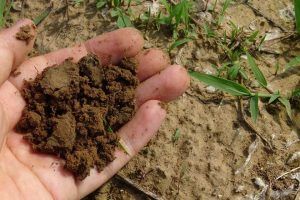 It is necessary to use a good fertilizer or compost so that the ivy cuttings can develop correctly and healthy.
It is necessary to use a good fertilizer or compost so that the ivy cuttings can develop correctly and healthy.
For this reason and to prepare the soil or substrate, it is necessary to use soil with a little perlite, coconut fiber or any other that guarantees that the soil or substrate is loose.
Horticulturists and specialists also recommend using normal soil for planting ivy, but it should retain moisture very well.The cutting should then be planted deep enough to cover at least two nodes.
There should never be a lack of moisture in the container or soil where the ivy cutting is planted because otherwise the process would fail.
It is also recommended that once the cuttings are planted, they are placed in a plastic bag to generate a warm and humid greenhouse environment and place the plant in the shade.
How long does it usually take for an ivy cutting to come out?
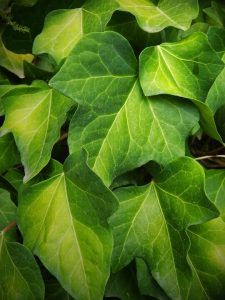 The time required for an ivy cutting to reproduce will depend on the climatic conditions, the substrate where the plant is planted and, in those cases in which it is used, then also on the rooting hormones.
The time required for an ivy cutting to reproduce will depend on the climatic conditions, the substrate where the plant is planted and, in those cases in which it is used, then also on the rooting hormones.
It is expected that two or three months after planting they will begin to generate roots and new shoots can be observed.
Once the cutting has roots, it can be transplanted to its final destination, being very careful not to break any of its roots.
Provide sufficient watering and place it in a place where it can receive midday sun and midday shade so that it develops perfectly.
As it is a climbing and perennial plant that has a natural and spontaneous way of growth and that adapts to all conditions, it is recommended to place stakes for its best development.
Bibliography and references
- Bent Ana. (2019). Great Book of Indoor Gardening. First edition. Servilibro Editions, SA Madrid-Spain. PP 43-47.
digital database
- Lahuertadeivan.com. How to make ivy cuttings very easy. Reproduced from: https://www.youtube.com/watch?v=8Z5iiRuy6fg
- Ecured.com. Cutting. Reproduced from: https://www.ecured.cu/Esqueje
- López D, and Carazo N. The production of cuttings. Reproduced from: https://www.researchgate.net/publication/28280218_La_produccion_de_esquejes
- Ecoagricultor.com. How to reproduce ivy by cuttings. Reproduced from: https://www.ecoagricultor.com/esquejes/
- All orchard and garden.com. How to make ivy cuttings. Reproduced from: https://www.youtube.com/watch?v=4-qRqfsoBlw
On our page you can learn more about the reproduction by cuttings of some plants and trees:
- Rose cuttings.
- Rosal cuttings in potato.
- Olive cuttings .
- Rosemary cuttings.
- Lavender cuttings.
- Jasmine cuttings.
- Ivy cuttings .
- Geranium cuttings.
- Mandarin cuttings.
- Cypress cuttings.
- Carnation cuttings.
- Dracaena marginata cuttings.
- Carnation cuttings.
- Camellia cuttings .
- Cactus cuttings.
- Bougainvillea cuttings.
- Bamboo cuttings.
- Sweet potato cuttings.
- Boxwood cuttings.
- Artichoke cuttings .
- Begonia cuttings.
- Tree cuttings.
- Almond cuttings.
- Aloe vera cuttings.
- Oleander cuttings .
- Holly cuttings.

